Tartrate removal, good practices in cellar.
Proper cellar practices avoid the development of contaminations with consequent growth of unwanted compounds. Incorrect behavior damages the fiber and wood malolactic fermentation and other aging phases that generate pressure in the container, if not controlled, could produce sealing problems. Proper ventilation and healthy air prevent the production of mold. Wine residues or marcs in the casks create biological contamination. Wash the cask possibly through the spray ball using hot water and sodium carbonate or with specific detergents. Rinse with fresh water and let it dry.
• Do not place wooden pallets or other polluting sources near the casks
• Preserve the casks from restructuring interventions/ works in the cellar
• Use vaporization carefully because it weakens the wood
Practices to avoid
• Do not empty the barrel without opening the upper lid.
• Do not use the pressure washer at close distances and with high pressures. It ruins the wood.
• Do not use polluted water or with presence of chlorine (or bromine). When in doubt, use distilled water.
• Do not use chlorine-based sanitizers to clean casks, pipes and floors.
• Do not use wood preservatives.
ALTERED OR POLLUTED CASKS
Choose method A or B
A) TREATMENT WITH DETERGENT
On a dry recipient, use a specific sanitizing detergent for wood, normally with an alkaline base. Follow the instructions in the relative technical data sheet.
The use of the spray ball makes the treatment more effective.
B) TREATMENT WITH SODIUM HYDROXIDE
On a dry container, inject hot water and sodium hydroxide 10%. Then neutralize with water and citric acid at 1‰. The use of the spray ball makes the treatment more effective.
TARTRATE REMOVAL
1 Using the spray ball, at low pressures, wash with a solution of warm water and 5-10% sequestering detergents. Keep the barrel wet until the tartrate has completely melted.
2 Wash the recipient with a solution of citric or tartaric acid at about 5‰.
3 Fill the recipient with water and citric or tartaric acid at 1‰, to eliminate any residues.
More info: info@garbellotto.it; +39 0438 366 410




